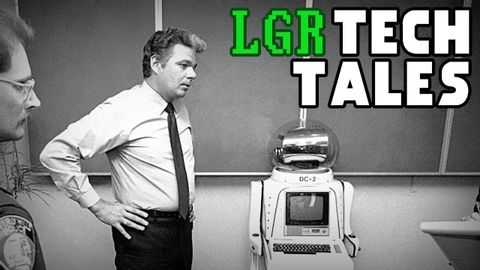
Subtitles & vocabulary
DC-2: The Story of the First Robot Ever 'Arrested'
00
林宜悉 posted on 2020/03/06Save
Video vocabulary
episode
US /ˈɛpɪˌsod/
・
UK /'epɪsəʊd/
- Noun
- One separate event in a series of events
- Show which is part of a larger story
B1TOEIC
More booze
US /buz/
・
UK /bu:z/
- Noun (Countable/Uncountable)
- Alcohol; alcoholic drink
- Intransitive Verb
- To drink alcohol, especially in large quantities.
B2
More identify
US /aɪˈdɛntəˌfaɪ/
・
UK /aɪ'dentɪfaɪ/
- Transitive Verb
- To indicate who or what someone or something is
- To say exactly what something is
B1TOEIC
More initially
US /ɪˈnɪʃəli/
・
UK /ɪˈnɪʃəli/
- Adverb
- At first; originally
- In the first stage of a process or development.
A2TOEIC
More Use Energy
Unlock All Vocabulary
Unlock pronunciation, explanations, and filters
